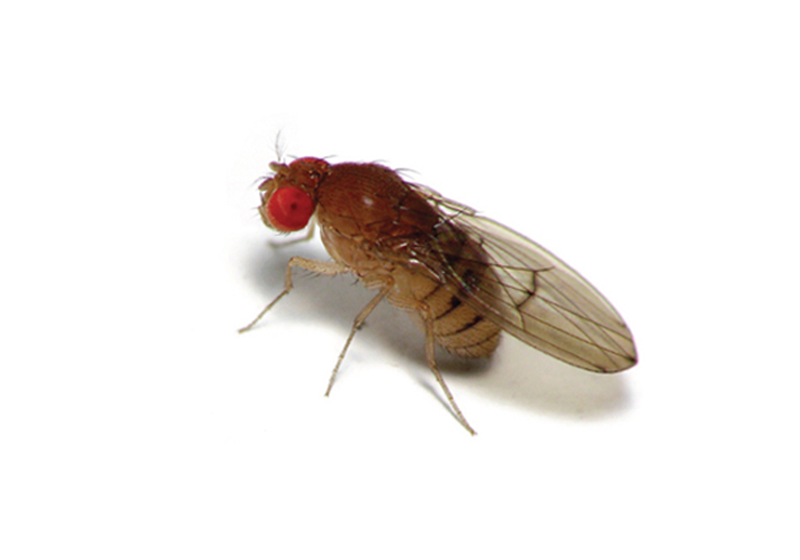Biology
- The beer fly Drosophila melanogaster lay their eggs in cracks or in broken skin of fruit or vegetable material. Other reported ovipositional sites include wine, vinegar, cider or beer. They will also breed in dishwater from sinks, drainwater from refrigerators or water from floor scrubbing that contain food particles that will ferment under favourable conditions. The transparent or cream-coloured maggots feed on yeasts near the surface of the fermenting mass.
- Larval development can occur in about four days at 24°C. Mature larvae crawl out of the liquid food to a drier area of food or soil to pupate. The pupae are approximately 3 mm long and amber in colour. The newly emerged adult flies are attracted to light and become sexually active in about two days. The adults mate more than once and deposit an average of approximately 500 eggs. Development from adult to adult may be completed in about 10 days at 24°C (source: W.A. Attwater, University of Guelph).
Monitoring
Russell IPM manufactures and supplies a high capacity beer fly trap based on food attractants, called the Xlure fruit fly trap. Beer fly traps are safe, effective and easy to handle. Application of Xlure fruit fly traps ensures food safety by reducing the application of conventional insecticide to control fruit flies at home, restaurants and bars.
The most important aspect of beer fly Drosophila melanogaster control is the elimination of food and breeding sites. Fermenting food products are the most obvious breeding areas. Carefully search for an accumulation of rotting fruits or vegetables or other breeding areas and destroy them. Opened jars of fruit and vegetables should be kept in the refrigerator.



